Integration with Smart Technologies
The Gearless Elevator Traction Motor Market is witnessing a notable trend towards the integration of smart technologies. The advent of the Internet of Things (IoT) has enabled the development of smart elevators that can communicate with building management systems. This integration allows for enhanced operational efficiency, predictive maintenance, and improved user experience. For example, smart elevators can optimize their routes based on real-time data, reducing wait times and energy consumption. The market for smart elevators is projected to grow significantly, with estimates suggesting a compound annual growth rate of over 15% in the next five years. This trend is likely to bolster the demand for gearless traction motors, as they are better suited for the advanced functionalities required in smart systems.
Sustainability and Energy Efficiency
The Gearless Elevator Traction Motor Market is increasingly influenced by the global emphasis on sustainability and energy efficiency. As urbanization accelerates, the demand for energy-efficient solutions in building infrastructure has become paramount. Gearless elevator systems, known for their lower energy consumption, align well with this trend. Reports indicate that these systems can reduce energy usage by approximately 50% compared to traditional geared elevators. Additionally, the growing regulatory frameworks aimed at reducing carbon footprints are pushing developers and building owners to adopt more sustainable technologies. This shift not only meets regulatory requirements but also appeals to environmentally conscious consumers, thereby enhancing the market potential for gearless elevator traction motors.
Regulatory Compliance and Safety Standards
The Gearless Elevator Traction Motor Market is also shaped by stringent regulatory compliance and safety standards. Governments and regulatory bodies are implementing more rigorous safety protocols for elevator systems, which necessitate the adoption of advanced technologies. Gearless traction motors, known for their reliability and safety features, are increasingly being specified in new projects to meet these standards. Compliance with regulations not only ensures the safety of passengers but also enhances the marketability of buildings. Furthermore, as safety regulations evolve, manufacturers are compelled to innovate and improve their products, which could lead to increased investments in gearless elevator technologies. This focus on safety and compliance is likely to drive growth in the gearless elevator traction motor market.
Urbanization and Infrastructure Development
The Gearless Elevator Traction Motor Market is significantly impacted by ongoing urbanization and infrastructure development. As cities expand and new buildings are constructed, the demand for efficient vertical transportation systems rises. Gearless elevators, with their compact design and energy efficiency, are increasingly favored in high-rise buildings and modern constructions. Data indicates that the construction sector is expected to grow at a rate of 5% annually, further driving the need for advanced elevator systems. Additionally, the trend towards mixed-use developments, which combine residential, commercial, and recreational spaces, necessitates the installation of reliable and efficient elevator systems. This growing infrastructure demand is likely to propel the gearless elevator traction motor market forward.
Technological Advancements in Gearless Elevator Traction Motors
The Gearless Elevator Traction Motor Market is experiencing a surge in technological advancements that enhance performance and efficiency. Innovations such as improved magnetic materials and advanced control systems are being integrated into gearless motors, resulting in higher energy efficiency and reduced operational costs. For instance, the introduction of permanent magnet synchronous motors has shown to increase energy savings by up to 30% compared to traditional systems. Furthermore, the development of smart motor controllers allows for real-time monitoring and predictive maintenance, which can significantly extend the lifespan of the equipment. As these technologies continue to evolve, they are likely to drive the demand for gearless elevator traction motors, positioning the industry for substantial growth in the coming years.


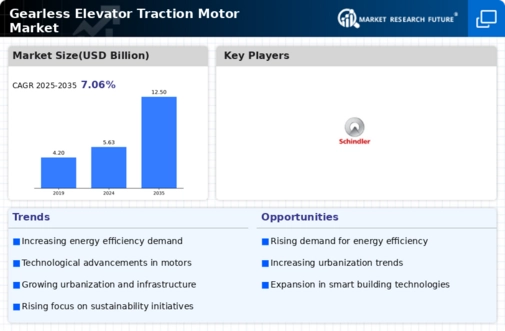
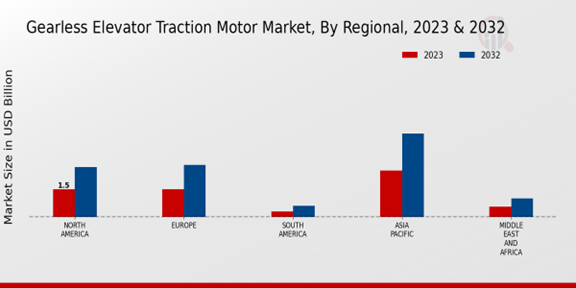



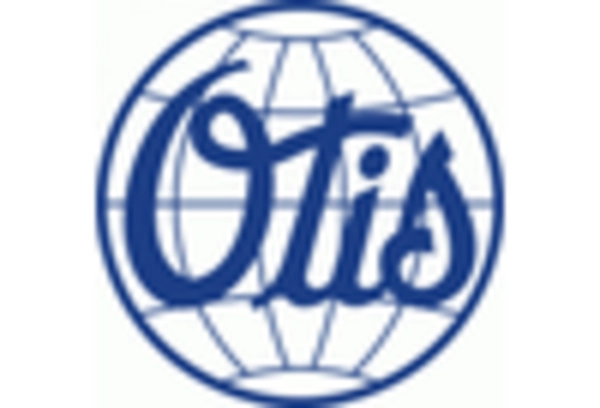
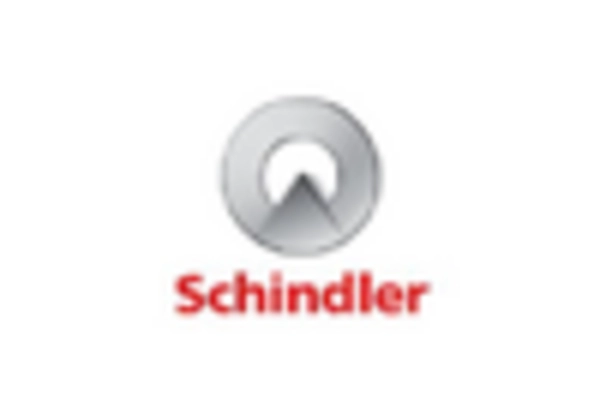
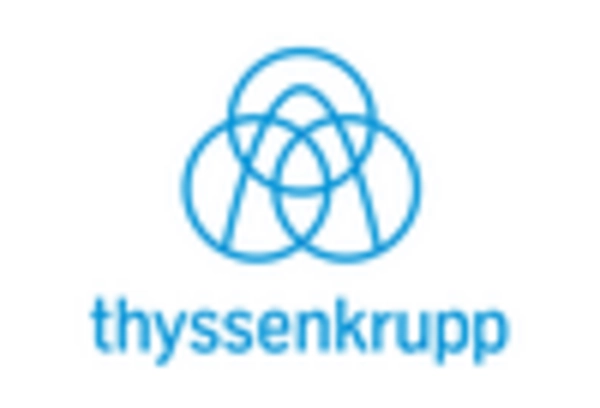








Leave a Comment